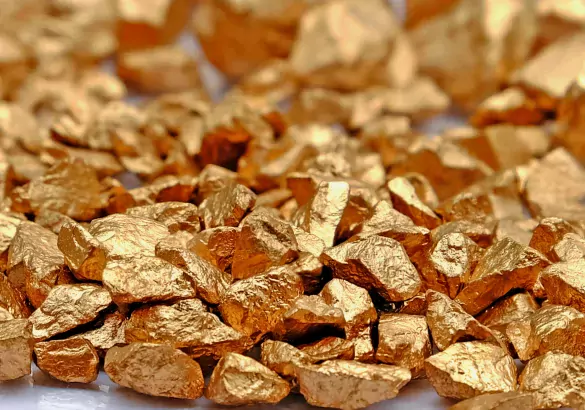Gold

Gold application
Gold is contained in many different ore types, each requiring a specific processing route for optimal gold recovery.
As a reagent, lime acts in tandem with cyanide as a lixiviant to recover gold from ore. This is because cyanide can only be used effectively and safely at alkaline pH levels of 10 – 11.
Lime use is essential in all types of gold processing including simple tank leaching, dealing with nuisance copper, copper-gold, heap leaching, refractory gold, lateritic gold, silver recovery from gold plants and telluride-containing gold.
Negative Impacts of Sodium Hydroxide in Gold Processing
The use of cyanide as a gold lixiviant necessitates a high pH to ensure the speciation of cyanide that favors CN⁻ rather than HCN. This speciation is crucial for increasing the safety and efficiency of cyanide reagent use. A pH of 11 is optimal, although some plants opt for pH levels of 10.5. The gangue minerals in gold ores contain a variety and large quantity of Si-containing minerals. Si dissolution from these minerals increases with rising hydroxide (OH⁻) concentration, especially at pH levels of 10 and above. There are two main negative impacts resulting from the use of NaOH in gold processing circuits: silica-gel formation and sodium and associated sulfate accumulation.










